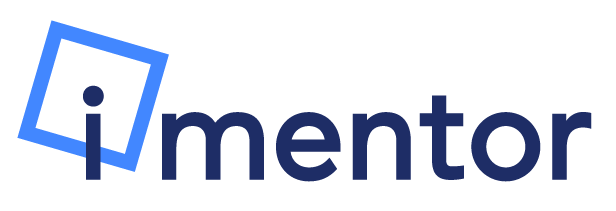This article is designed specifically for program staff at iMentor partner program organizations seeking to create materials for teacher orientations. The cooperating teacher in the mentor2.0 classroom plays a critical role in assisting the Program Manager to successfully implement and integrate the iMentor curriculum at your schools and among your students. Because of this, it is important that teachers be fully introduced to and familiar with the program so that they understand their unique role in implementing the curriculum.
First, Program Managers or other staff conducting teacher orientations at partner schools should view the below Teacher Orientation Course to learn about the role of the partner teacher in the program. You can then use the information in the course to develop your own materials or presentations for your teacher orientations. Second, program staff should schedule an in-person meeting with cooperating teachers to orient them to the program. You can use or adapt the sample meeting agenda/worksheet below.
When creating your own materials, please keep the following in mind:
- You should explain your organization's partnership with iMentor, which will provide context for teachers if you choose to share any results or pair stories from iMentor’s direct service sites.
- The pair stories and impact results in the course are from the iMentor NYC program.
- This course was created prior to the redesign of the iMentor curriculum. Please be sure to use language relevant to the current curriculum (for example, refer to "weekly email" as "weekly online communication"). Refer to this article for how to talk about the curriculum: Understanding the Curriculum
- Additional resources that can help partner staff prepare for teacher orientations:
- Role of the cooperating teacher in the classroom
- Ecology of the iMentor Platform Handout – linked at the end of the article under “How do I use the platform tools?”
In-person Meeting
Program Managers should schedule and facilitate an in-person meeting with cooperating teachers to answer any questions, discuss communication styles, lesson planning, grading, and overall cooperation for the coming year. This is an opportunity to set the foundation for a collaborative and productive working relationship.


